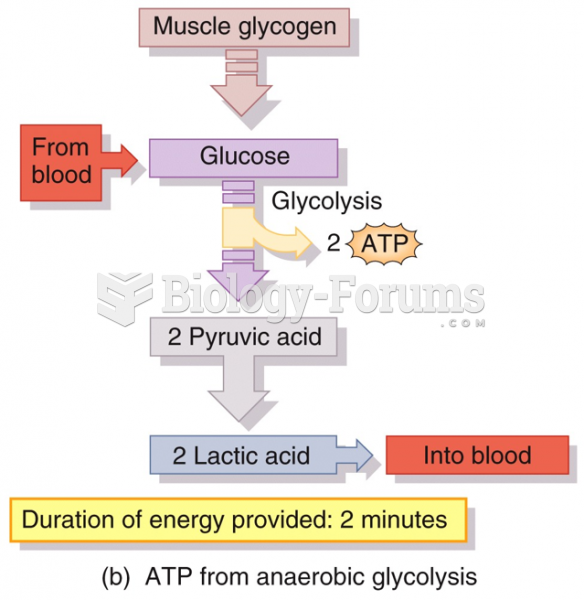Answer to Question 1
1
Rationale 1: Clonic muscle spasms involve multiple, rapidly repeated contractions.
Rationale 2: Tonic spasms involve a single prolonged contraction.
Rationale 3: Spasticity involves a continuous state of contraction.
Rationale 4: Dystonia is a chronic neurological disorder that can cause spasticity.
Global Rationale: Clonic muscle spasms involve multiple, rapidly repeated contractions. Tonic spasms involve a single prolonged contraction. Spasticity involves a continuous state of contraction, and dystonia is a chronic neurological disorder that can cause spasticity.
Answer to Question 2
2
Rationale 1: There is no such immunization as pertussis-tetanus.
Rationale 2: This red rash is unexpected and could indicate a potential adverse reaction to the vaccine such as anaphylaxis, so the nurse should withhold the immunization and contact the physician.
Rationale 3: The nurse should not tell the mother to administer acetaminophen (Tylenol); this will not prevent anaphylaxis.
Rationale 4: The nurse cannot administer diphenhydramine (Benadryl) without a physician's order.
Global Rationale: This red rash is unexpected and could indicate a potential adverse reaction to the vaccine such as anaphylaxis, so the nurse should withhold the immunization and contact the physician. There is no such immunization as pertussis-tetanus. The nurse should not tell the mother to administer acetaminophen (Tylenol); this will not prevent anaphylaxis. The nurse cannot administer diphenhydramine (Benadryl) without a physician's order.







